“Protection accordée aux Beaux-Arts, 1663” in La grande galerie de Versailles, et les deux Salons qui l’accompagnent, peints par Charles Le Brun, dessinés par Jean-Baptiste Massé…. (Paris: Imprimerie royale, 1752). Graphic Arts GA French prints
In 1662, the print makers of the Cabinet du Roi were organized to create an engraved record of the celebrations held by Louis XIV. Five years later, the charge was expanded to include an engraved record of every painting and sculpture owned by the King, along with his gardens, buildings, and the interior decoration of the residences.
The most spectacular work of the time was that of Charles Le Brun (1619-1690) who was Louis XIV’s principal painter and leader of the Académie royale de peinture et de sculpture. Among his many projects was the decoration of the Galerie des Glaces (Hall of Mirrors), Le Grand Escalier (Grand Stairway), and other rooms, vaults, and niches at Versailles.
Beginning in 1723, the artist Jean-Baptiste Massé (1687-1767) undertook the project of copying the ceiling decoration of the Hall of Mirrors and accompanying rooms at Versailles, for the purpose of making a series of reproductive engravings. Massé was given special permission to build scaffolding in the apartments and spent over eight years at the ceiling carefully copying Le Brun’s designs. A number of engravers worked over twenty years to prepare and then, print the series of plates.
Completed in 1752, La grande galerie de Versailles et les deux salons qui l’accompagnent was published with 56 massive engravings on 52 plates. Two prints from this set are reproduced here. In the central oval on the print above, we see Louis XIV on his throne, Minerva on the left, and an allegorical figure of Eloquence (according to François Charpentier) kneeling on the right. The caption might be translated Protection Accorded the Fine Arts.
In The Reformation of Justice, 1667 (below), the central scene includes Louis XIV holding a book and scepter with Justice on the left, judges on the right, and La Chicane below his feet. For an extended reading of these and the other scenes in the Hall of Mirrors, see http://www.galeriedesglaces-versailles.fr/html/11/collection/galerie.html
“Reformation de la Justice, 1667” in La grande galerie de Versailles, et les deux Salons qui l’accompagnent, peints par Charles Le Brun, dessinés par Jean-Baptiste Massé…. (Paris: Imprimerie royale, 1752). Graphic Arts GA French prints
See also:
Charles Le Brun (1619-1690), Recueil de divers desseins de fontaines et de frises maritimes, inventez …([Paris, 1693?]) Marquand Library (SAX): Rare Books Oversize NA9400 .L49f
Tapisseries du roy: ou sont representez les quatre elemens et les quatre saisons : avec les devises qui les accompagnent et leur explication (Paris: Chez Sebastien Mabre-Cramoisy … , 1679) Marquand Library (SAX): Rare Books Oversize NK3000 .L46f
Charles Le Brun (1619-1690), Grand escalier du chateau de Versailles, dit Escalier des ambassadeurs (Paris: L. Surugue, [1725]) Marquand Library (SAX): Rare Books Oversize NA1046 .L49e

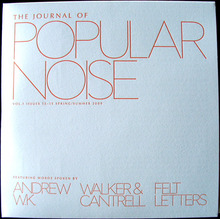
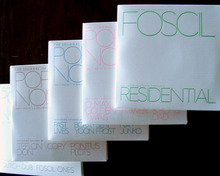
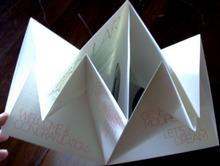

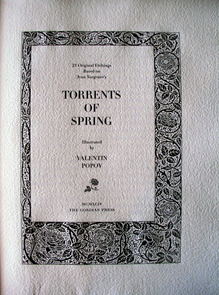
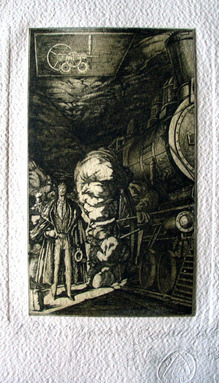






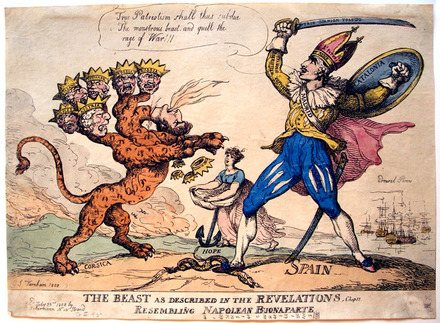
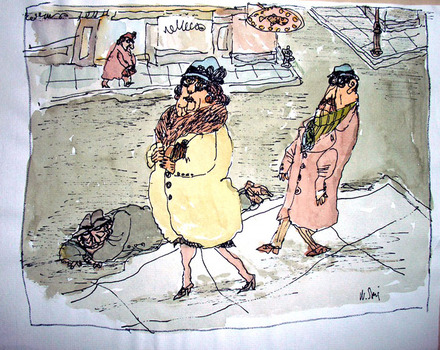
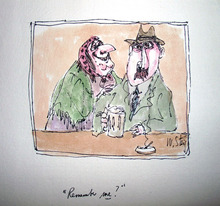


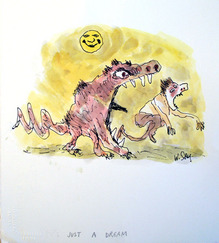

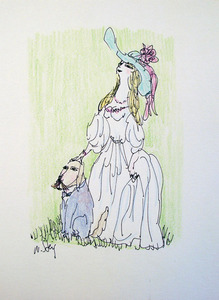
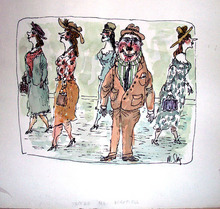
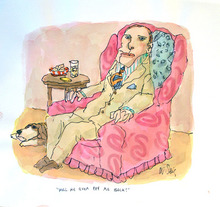

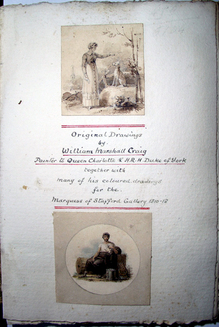
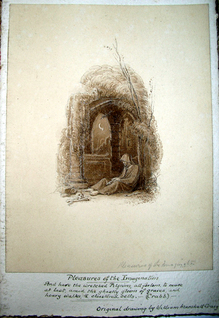


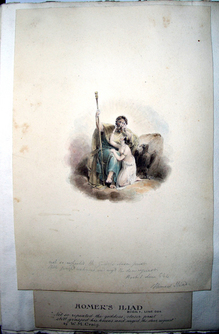
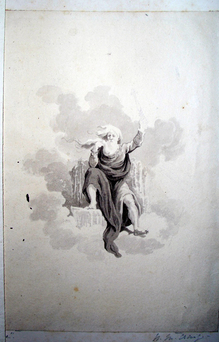
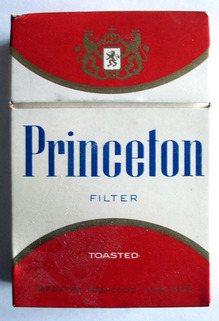
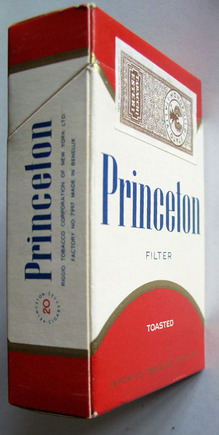
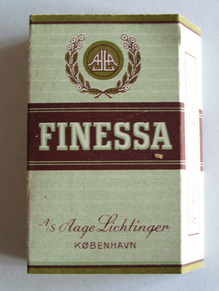
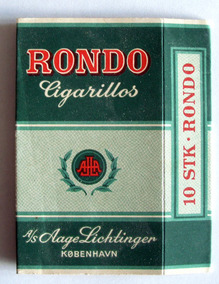
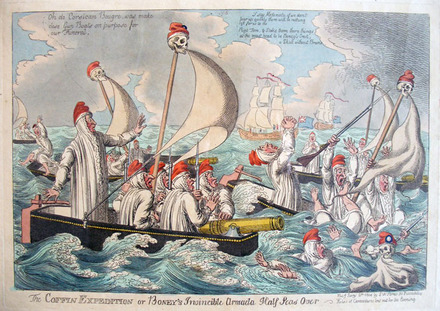
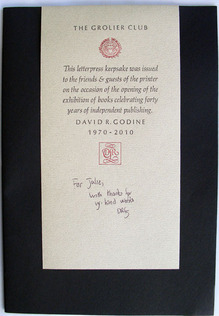
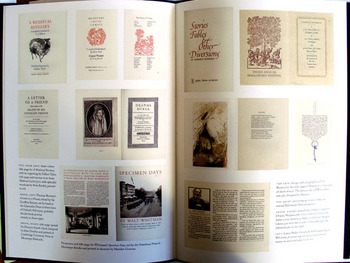
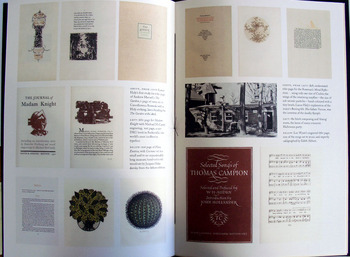
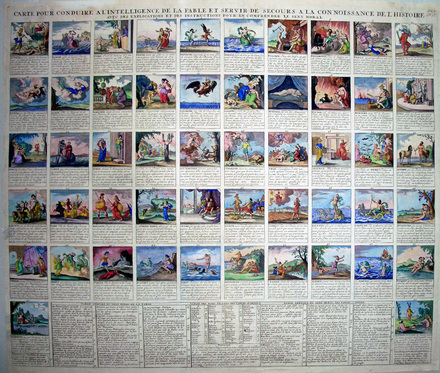
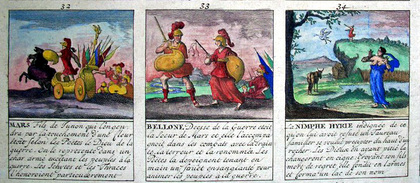
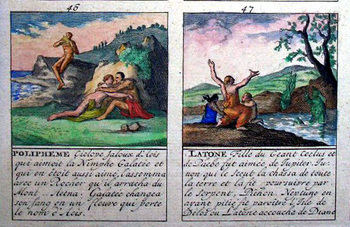
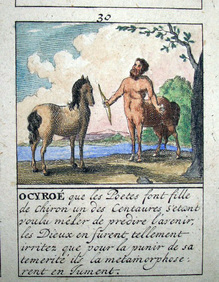
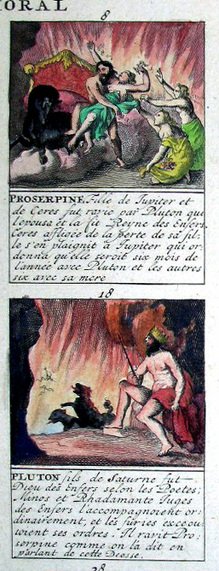
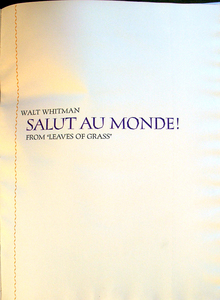
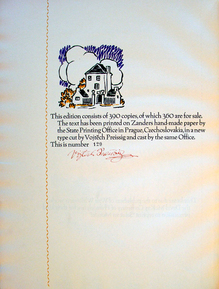

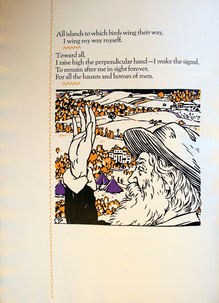










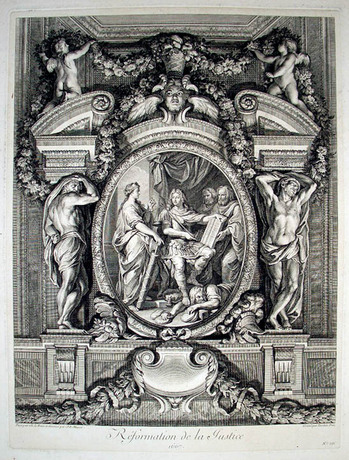
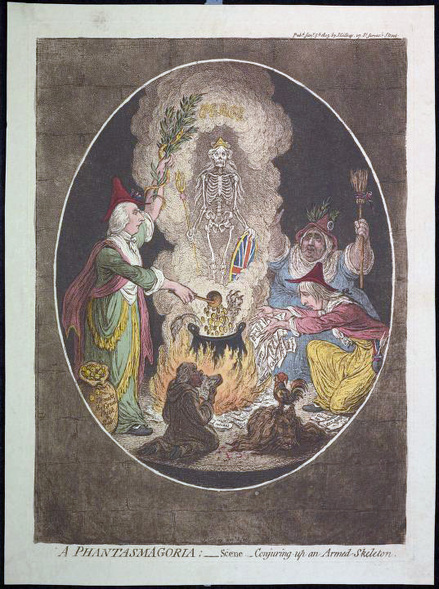

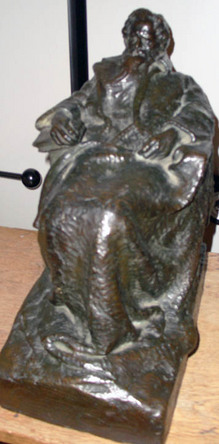
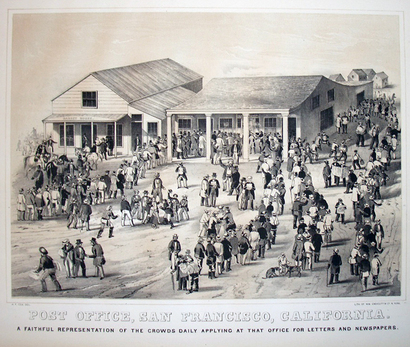
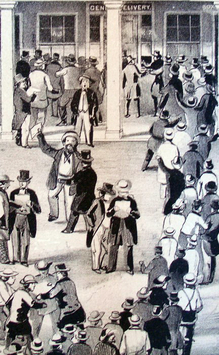

Recent Comments